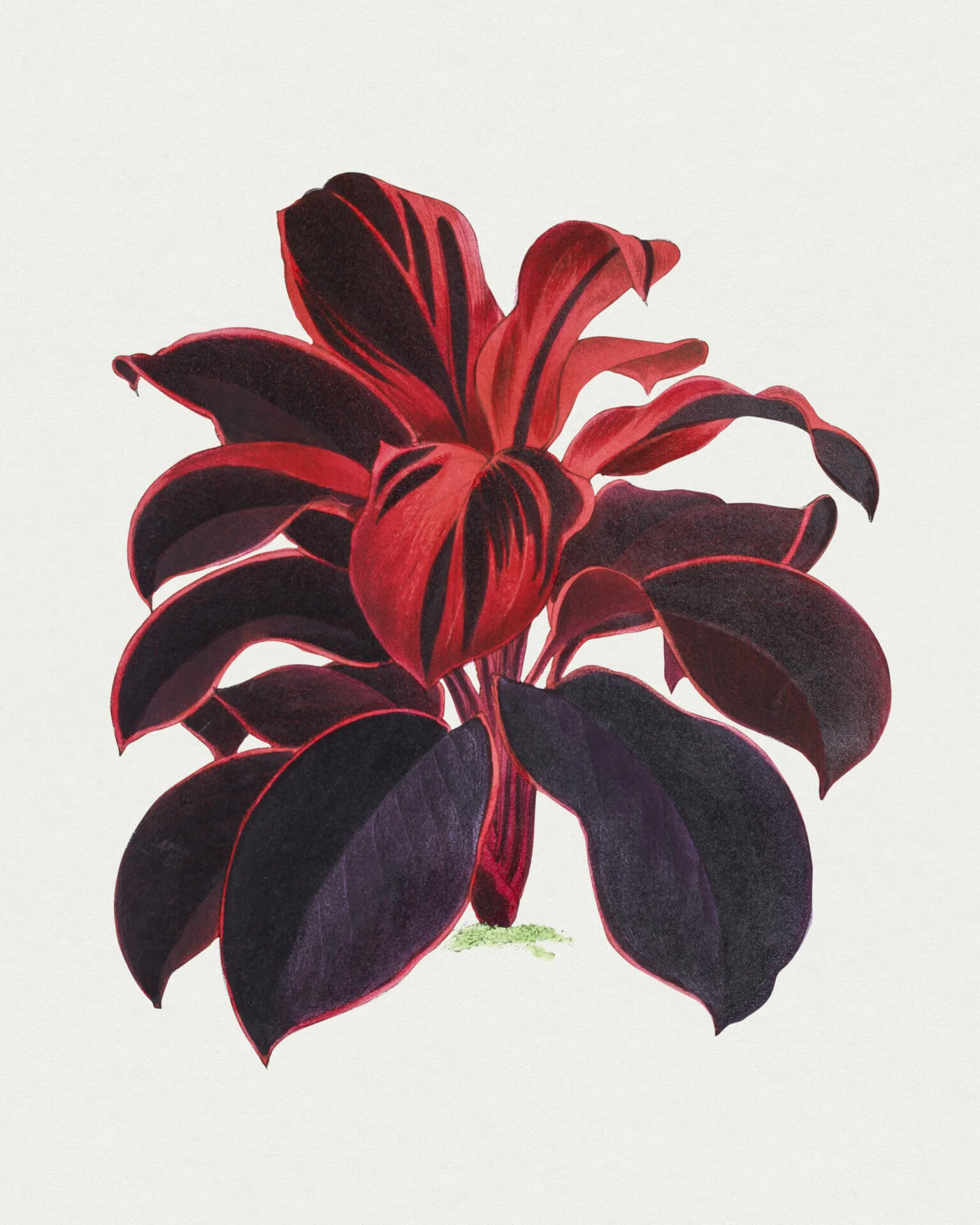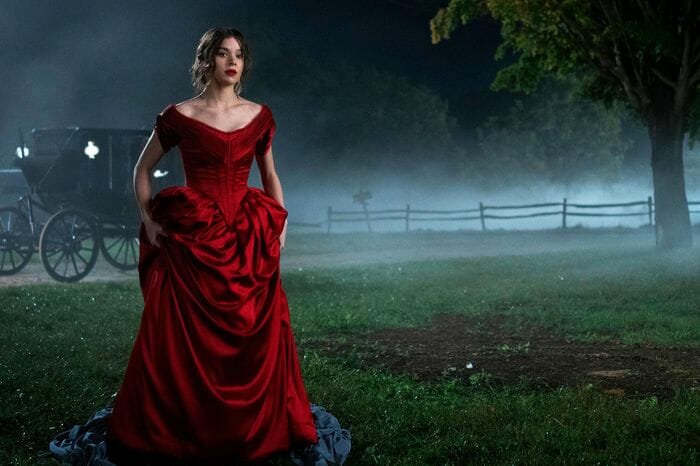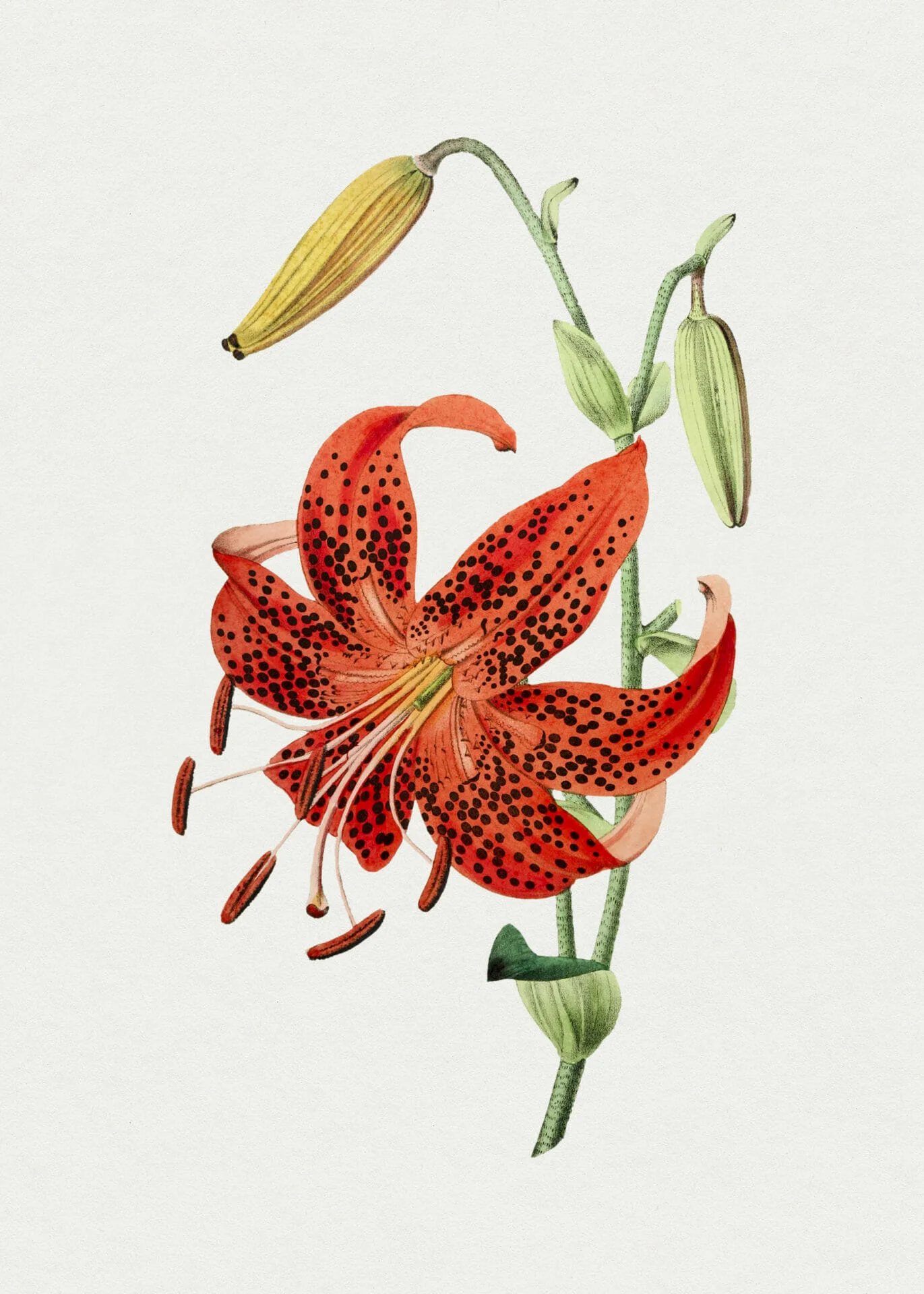
Because I Could Not Stop For Death | Dickinson's unusual carriage
Author
Year
Length
One of the greatest mysteries of life is what happens when it ends. Sometimes the unknown is scary, so death becomes a taboo, something to fear and whisper about. Instead, sometimes death becomes a relief, a tempting call to escape life. The reflection on death and the afterlife reverberates throughout Emily Dickinson’s poetry. Still, one poem, in particular, captures its ambiguous and arcane nature: Because I Could Not Stop For Death.
In the pilot of the TV show Dickinson by Apple Tv+, whose title is Because I Could Not Stop For Death, we see the young poet (Hailee Steinfeld) having an almost lustful vision: in a red dress, she walks toward a carriage, where Death (Wiz Khalifa) is waiting for her. The two of them seem to have a loving, in-depth connection, and this is because Dickinson certainly belongs to those poets who do not look at death with terror but with a hypnotic fascination.

In a carriage with Death
Because I could not stop for Death –
He kindly stopped for me –
The Carriage held but just Ourselves –
And Immortality.
Because I Could Not Stop For Death describes the speaker’s journey in a carriage with Death, personified as a kind gentleman, an elegant Charon. The carriage slowly passes by different places and landscapes: a school where children enjoy recess, cornfields, and a sunset. Each symbolizes a different stage of existence, a parade of life while sitting next to Death. The itinerary of the carriage ends in front of what seems to be the grave of the poetic voice. Yet, the tale’s tone is neither anguished nor distressed: the speaker is oddly at ease in that situation. The whole atmosphere is almost fantastic. There is a prominent sensorial impact, given by the vividness of the images, but there is also a calm yet unsettling glaze.
Death’s inevitability is promptly shown at the beginning of the text. As a matter of fact, the first line depicts the poetic voice as caught up in the matters of life, absent-minded as far as dying is concerned. However, being swallowed up in the vortex of daily activities doesn’t spare anyone the final encounter with Death. That’s why Dickinson paints him as a kind but firm man: after all, he knows very well he doesn’t need to be in a rush. He comes when he must, and nobody can do anything about that.
Picturing what comes next
Since then – ’tis Centuries – and yet
Feels shorter than the Day
I first surmised the Horses’ Heads
Were toward Eternity –
In the first stanza, Dickinson mentions another passenger: Immortality. Quite a paradox since two opposite entities seem to occupy the same space. However, to clarify this apparent contradiction, in the last stanza, the poet addresses the destination of the journey, which is eternity. In these verses, she writes that despite everything that happened centuries ago, that experience felt both ephemeral and perpetuated. In this way, Dickinson depicts the difficulty of imagining immortality and eternity, two spaces that are not affected by time. After all, human life follows the pulse of time, guiding each individual existence through different steps. Time gives meaning and purpose to life, so much so that nobody could imagine living outside its boundaries. But when we cease to exist, things change, and perceptions aren’t lucid or rational anymore.
Religious beliefs or disillusioned perspectives?
As far as a more philosophical interpretation is concerned, there is a conflict between two theories. Some scholars say that Because I Could Not Stop For Death paints a fresco about the Christian idea of the afterlife. Instead, others claim that it is just a subtle use of irony to show that nothing awaits us when we die, except for fleeting images of what we have experienced.
By the way, it is easier to comply with the first theory. Dickinson was born and raised in a strongly Puritan environment, where death was filled with expectations and was a quite pressing issue in the traditional doctrine. Life was to be lived in the perspective of an otherwordly reward. Moreover, she suffered from several conditions – both physical and psychological – that made her quite delicate and consequently involved in this mysterious interrogative.
Tag







